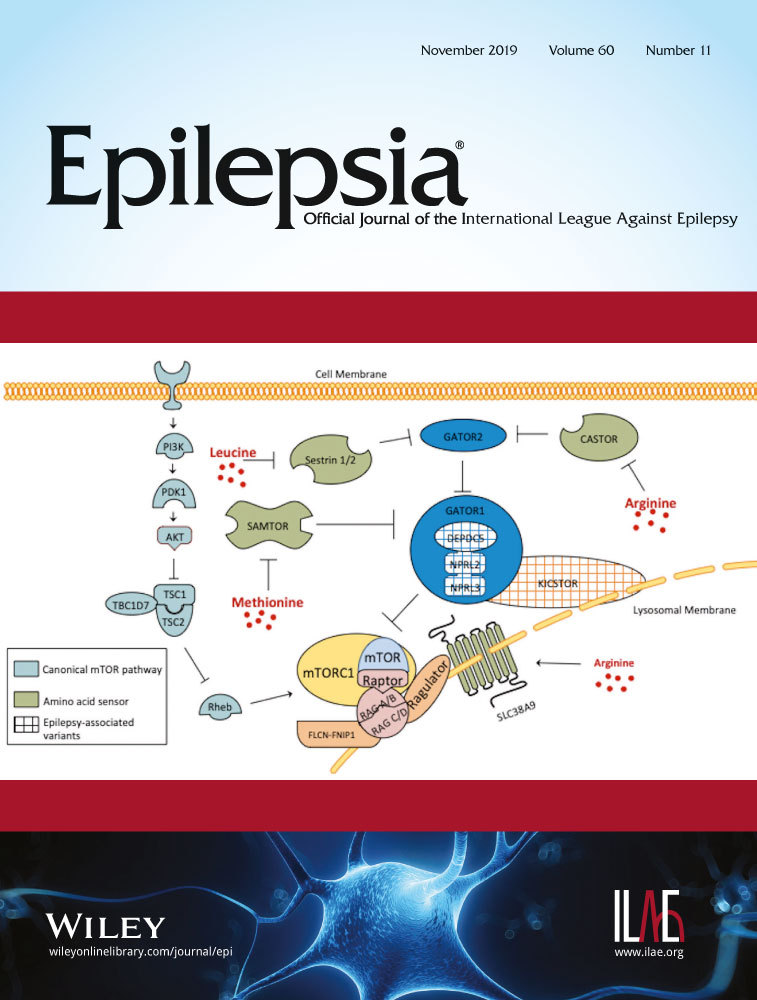Biallelic inherited SCN8A variants, a rare cause of SCN8A-related developmental and epileptic encephalopathy
Abstract
Objective
Monoallelic de novo gain-of-function variants in the voltage-gated sodium channel SCN8A are one of the recurrent causes of severe developmental and epileptic encephalopathy (DEE). In addition, a small number of de novo or inherited monoallelic loss-of-function variants have been found in patients with intellectual disability, autism spectrum disorder, or movement disorders. Inherited monoallelic variants causing either gain or loss-of-function are also associated with less severe conditions such as benign familial infantile seizures and isolated movement disorders. In all three categories, the affected individuals are heterozygous for a SCN8A variant in combination with a wild-type allele. In the present study, we describe two unusual families with severely affected individuals who inherited biallelic variants of SCN8A.
Methods
We identified two families with biallelic SCN8A variants by diagnostic gene panel sequencing. Functional analysis of the variants was performed using voltage clamp recordings from transfected ND7/23 cells.
Results
We identified three probands from two unrelated families with DEE due to biallelic SCN8A variants. Each parent of an affected individual carried a single heterozygous SCN8A variant and exhibited mild cognitive impairment without seizures. In both families, functional analysis demonstrated segregation of one allele with complete loss-of-function, and one allele with altered biophysical properties consistent with partial loss-of-function.
Significance
These studies demonstrate that SCN8A DEE may, in rare cases, result from inheritance of two variants, both of which exhibit reduced channel activity. In these families, heterozygosity for the dominant variants results in less severe disease than biallelic inheritance of two variant alleles. The clinical consequences of variants with partial and complete loss of SCN8A function are variable and likely to be influenced by genetic background.
CONFLICT OF INTEREST
None of the authors has any conflict of interest to disclose. We confirm that we have read the Journal's position on issues involved in ethical publication and affirm that this report is consistent with those guidelines.




